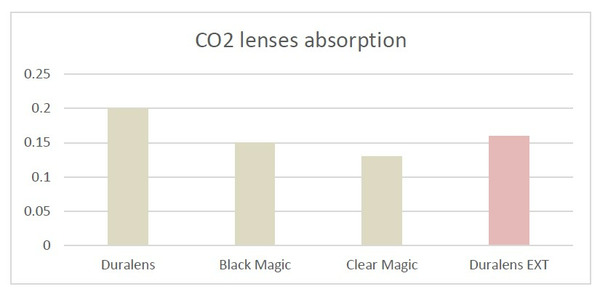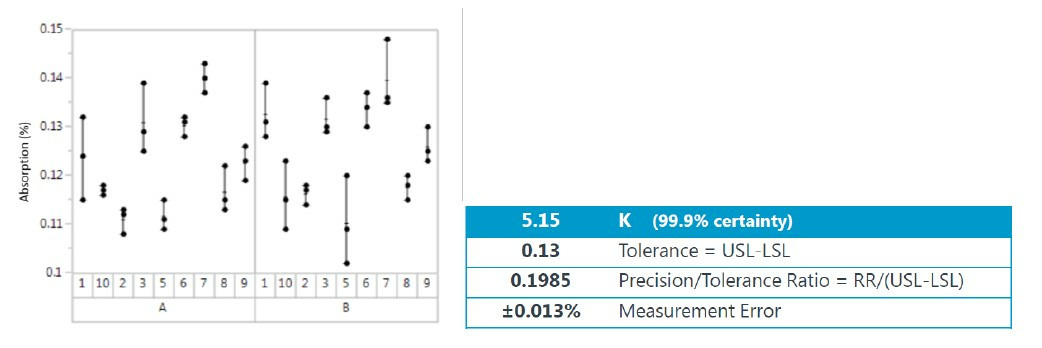Emiliano Ioffe, Process Development and Engineering Manager, IR line, Ophir Optronics Solutions
In a high-power CO2 laser, an electric current is discharged through carbon dioxide to produce a laser beam output. These lasers deliver large amounts of concentrated energy through their optical components. To protect components from degradation and improve performance, laser lenses must have an anti-reflection (AR) coating. Without a high-quality coating, even the best high-power laser system will experience degradation and loss of functionality in a short space of time. The antireflective nature of the lens coating reduces losses from scattering and absorption, for optimum performance.
Manufacturers are tasked with creating an AR lens coating that can provide the desired levels of performance. At the same time, the coating itself is subject to high levels of energy, so it must be durable for a satisfactory life expectancy, especially when used with high-power lasers. To achieve this durability, manufacturers may choose a colored lens coating, with black lens coatings increasing lens life expectancy the most. However, this creates a problem when using visible HeNe red laser pointers. To overcome this challenge, a transparent lens must be used. Already, the balancing act between functionality and durability is clear.
Of course, at the same time, the coating must remain affordable, with a good cost/benefit ratio. Another important aspect to consider when producing an AR coating is the increase of environmental regulations in regard to the management of radioactive waste. Many coatings are radioactive; only a radioactive-free lens coating avoids these problems.
Looking at Ophir's line of optics for high-power CO2 lasers (see table below), there are three main types of lenses, each with a different type of coating. The coatings rate differently in the qualities previously discussed – transparency, absorption rates, product life expectancy, pricing and radioactivity of the coating used.
Table 1: Ophir's CO2 laser lenses
he Duralens® has a standard AR coating, <0.2% absorption rate, HeNe transparency, a standard product lifetime, and a decent cost/benefit ratio. The Black Magic has a lower absorption rate, but it is not transparent, although it is more durable – with an extended product lifetime. The Clear Magic, as its name suggests, it transparent, and has an ultra-low absorption rate of <0.13%, as well as an extended product lifetime, but for a higher price. Both the Black Magic and the Clear Magic coatings are made from a radioactive-free coating.
Ophir recognized the absence of a lens coating that consolidated all of the best qualities: a radioactive-free coating with low absorption, which is also HeNe transparent, with a prolonged life expectancy, and a superior cost/benefit ratio. With this in mind, a new lens coating was developed, the DuralensExtra™. Creating this lens coating involved a combination of new methodologies and innovative technologies throughout the manufacturing and quality assurance stages.
To achieve all of the qualities above, the materials and coating processes were reviewed, and a hybrid AR coating was generated. A coating recipe was engineered to shorten the coating time, using radioactive-free materials, while increasing the evaporation rate of the coating layers, adjusting the process parameters and maintaining both low-absorption and high-transmittance for high laser power.





 Ultra-High Velocity
Ultra-High Velocity